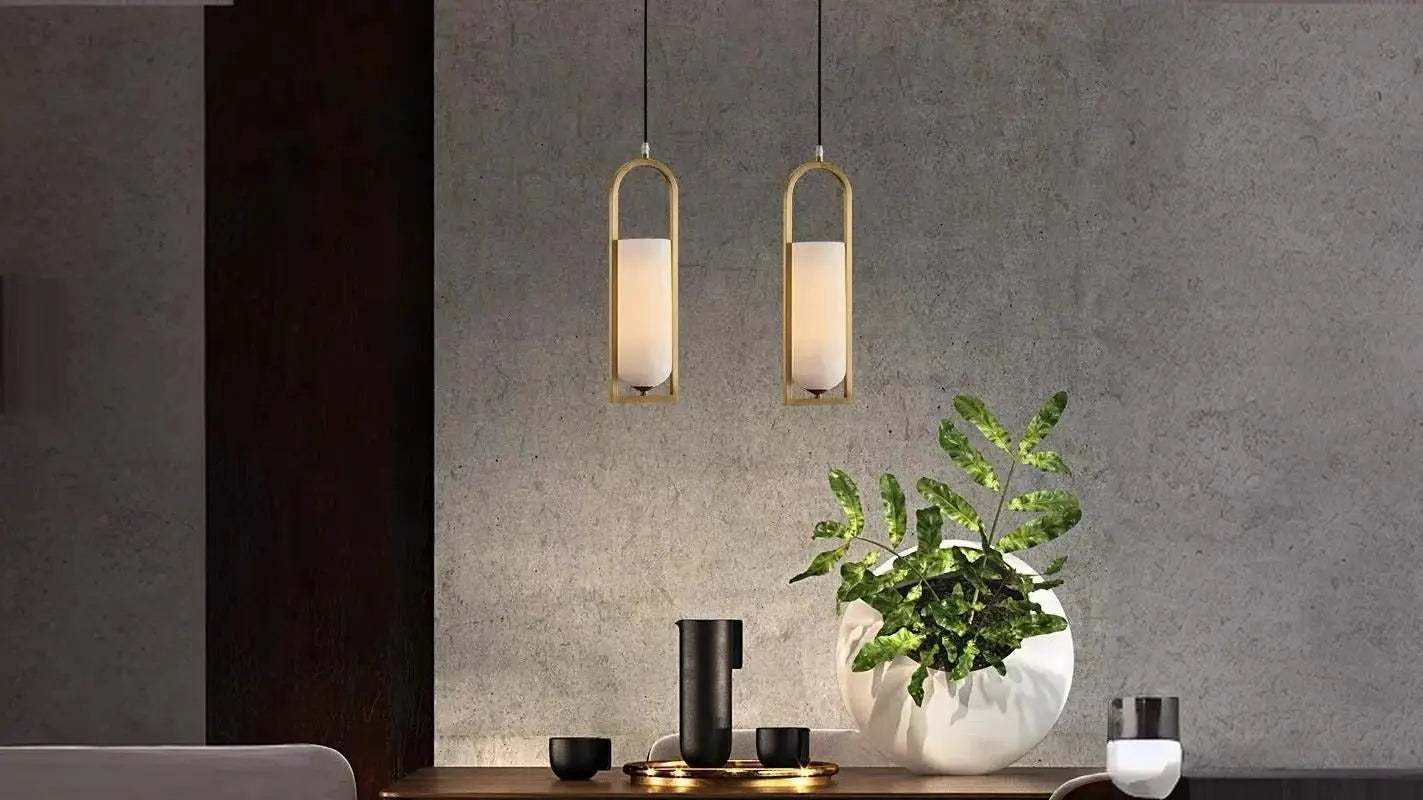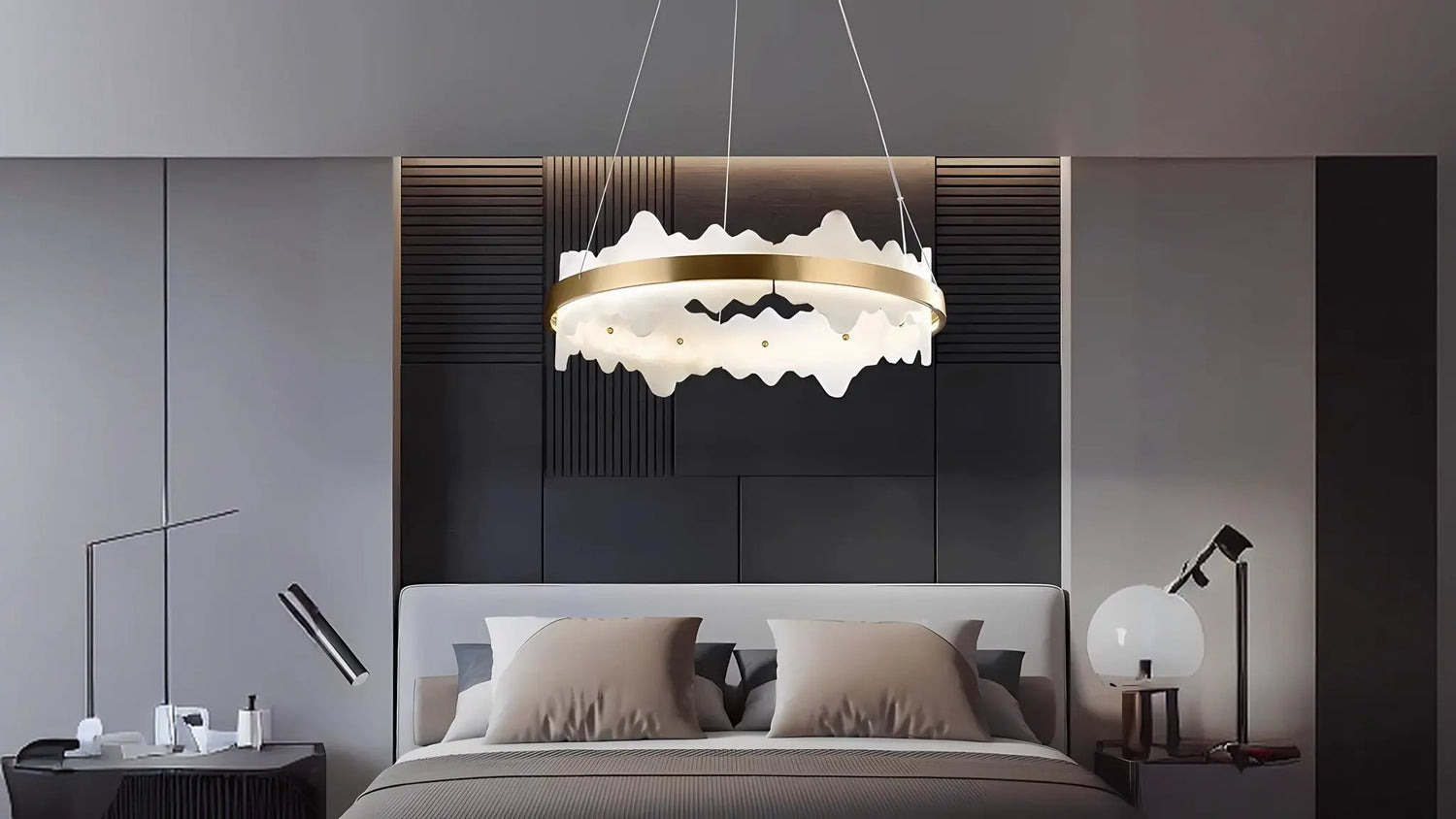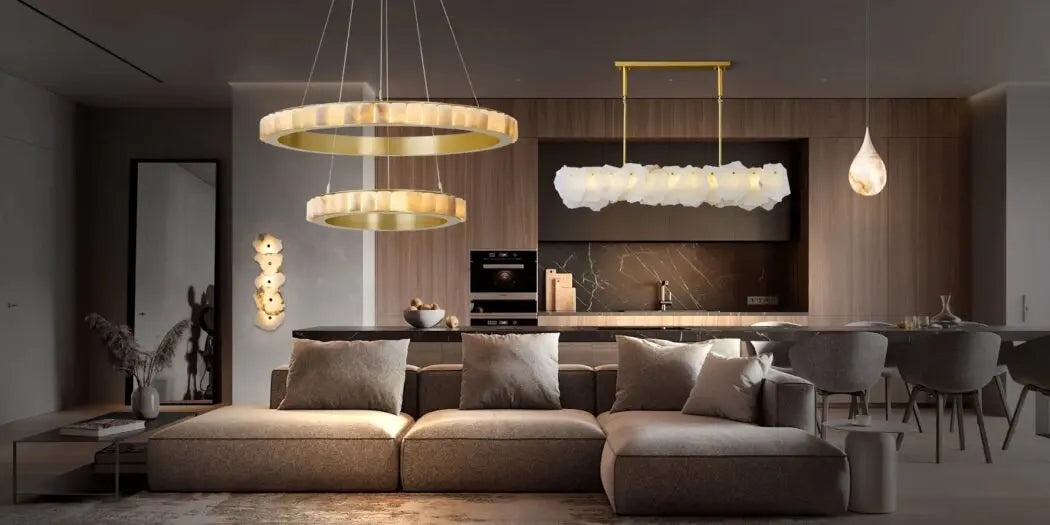
Recessed Lighting VS Flush Mount Lighting
Aloysius NoordamYou will agree that lighting can completely transform a space. Right? However, when planning home lighting, you often come across two common choices. Those include recessed and flush-mount lighting. Both are practical and stylish, yet they create completely different effects and serve unique purposes. This sparks a debate: recessed lighting VS flush mount lighting.
Understanding the difference between these two lighting types is key to choosing the right one. It not only enhances your home's beauty but also saves you time, effort, and money in the long run. If you're unsure how they differ or which one best suits your lighting needs, don't worry! This guide will explain the difference between recessed and flush-mount lighting in simple terms. So, let's get started!
Recessed Lighting VS Flush Mount Lighting: 10 Key Differences
No doubt, both recessed and flush-mount lighting have their own charm. However, each of these lighting options offers a unique style for your ceiling. So, let's discuss the key differences that set recessed lighting apart from flush-mount lighting.

1- Design and Appearance
Design and appearance are the first aspects in which the two lighting options differ. Let's see how! If we look at recessed lighting, it is also called can lighting. These lights are installed inside your room's ceiling. It means the fixture is not even visible. You can only see a small ring that sits at the surface of your ceiling. So, recessed lighting gives your room a cleaner and smoother look.
Moreover, because of their hidden design, recessed lights make your room feel more spacious. On the flip side, flush-mount lighting is installed directly to the ceiling surface. It means these lights are not inside the ceiling; their fixtures are outside and visible. For this reason, flush-mount lights are often used for decorative purposes. You can find several flush-mount light designs to match your home decor.
2- Installation Method
When it comes to installation, recessed lighting and flush mount lighting are very different. HOW? As I said above, recessed lighting is installed inside the ceiling. As a result, you have to cut a hole in your ceiling to fit their housing inside. After that, you also need to run wires inside the ceiling, which can be quite tricky. Because of this setup, recessed lighting requires professional installation.
You cannot install these lights yourself; you need a professional. On the other hand, flush-mount lights are effortless to install. WHY? Because they mount directly to the ceiling surface. You don't need to cut out the ceiling and hide any part, such as the fixture. Instead, by using screws and brackets, you can easily install flush-mount lights easily..
3- Ceiling Height Compatibility
Another difference between flush-mount and recessed lighting is ceiling height. This difference is about how well each light type fits different ceiling heights. So if we discuss recessed lighting first, they are ideal for medium to high-height ceilings. As you know, these lights are installed inside the ceiling, so they don't hang down at all.
That means if your ceiling is tall, recessed lights make the room look open and neat. But if your ceiling is low, recessed lights might not be a good idea. WHY? Because they need space inside the ceiling for wiring and the metal housing. If there isn't enough space up there, it's hard to install recessed lighting properly.
On the flip side, flush-mount lights are best for low ceilings. These lights have fixtures that sit flat against the ceiling. It means flush-mount lights don't hang down and don't reduce headroom. You can walk easily under these lights without worrying about a head bump. In my opinion, if your ceiling is about 8 to 10 feet high, flush-mount lighting is an ideal option.
4- Light Distribution
Light distribution refers to how well light spreads throughout your room. Both flush-mount and recessed lighting vary in this regard. For example, recessed lighting usually provides focused, directional light. WHY? Because these lights are installed inside the ceiling. As a result, they distribute light downward in a straight line. Suppose you want to light a specific area, such as a reading corner or kitchen counter. In that case, recessed lighting is an ideal option.
However, if you want to light a large area with recessed lights, you have to install more. But remember, each recessed light itself will brighten only a small area. On the reverse side, flush-mount lights provide a wider, softer light distribution. Since the flush-mount light faces downward and has a cover, it spreads light across a large area. It means you don't need to install additional flush-mount lights for more brightness.
5- Style and Aesthetic Impact
The way both flush-mount and recessed lighting give beauty and style to your room is different. HOW? Let me begin with recessed lighting. As you know, the beauty of lighting comes from different fixture styles. But when we see recessed lights, they have hidden fixtures inside the ceiling. You can only see a trim ring on the outside, which brightens the space without drawing much attention.
Overall, recessed lighting provides a minimalist, clean look for your room. They are not ideal for decorative purposes. On the other hand, flush-mount lights are installed on the surface of your ceiling. They have visible fixtures made of various materials and styles. You can choose from different styles, such as an alabaster flush mount light, to match your room's decor. This way, flush-mount lights add beauty and style to any space and catch attention.

6- Maintenance and Cleaning
Keeping lights working well depends mainly on maintenance and cleaning. But both recessed and flush-mount lighting require different levels of maintenance effort. For instance, recessed lighting is much easier to maintain. The reason lies in their hidden design. As recessed lighting is inside the ceiling, dust and insects cannot get trapped. As a result, they don't get dirty very often.
But when it comes to cleaning or replacing recessed lighting, it is a tricky task. As they are high up, reaching them is a bit difficult. Also, while replacing, you will need special tools to remove the light cover and reach the bulb. Overall, recessed lights do not get dirty, but if they do, their cleaning can be difficult.
On the flip side, flush-mount lights are easier to access because their fixtures are visible. However, this visible fixture has a drawback: dirt can easily accumulate on it. So maintaining the flush-mount lights is not easy. However, if you want to clean or replace the flush-mount lights, you can do so easily. You can easily reach these lights and wipe off the dust or remove the bulb with simple tools.
7- Energy Efficiency
Energy efficiency indicates how much electricity your lighting consumes to illuminate a space. In general, lighting energy efficiency depends on the number and type of bulbs. If we look at the recessed lighting, it is not very energy efficient. WHY? Let me explain the reasons. First, the recessed lights cover a small area due to lower light distribution. Right?
As a result, these lights use multiple fixtures with more bulbs to adequately cover a room. More fixtures mean more bulbs, which consume more electricity. On the contrary, flush-mount lights are much more energy efficient. These lights have a wide distribution of light. So, you don't have to install many fixtures, which reduces the number of bulbs and energy consumption.
Quick Highlight: Do you want to reduce the energy consumption in both lighting? I suggest using LED bulbs instead of standard bulbs. The LED bulbs are designed to consume very little electricity, helping you save on costs. In this way, even if you want to install multiple recessed lights with LED bulbs, energy consumption will be lower.
8- Best Use Case
The best use case simply means where and when each lighting type works best. Due to differences in style and light distribution, flush-mount and recessed lights vary in their usability. So let's take a look at their typical applications!

You can use recessed lighting in:
-
Modern and minimalist interiors
-
Living rooms, kitchens, and hallways
-
Task lighting (over counters, reading areas, or desks)
-
Bathrooms for clean, bright light
-
Offices or commercial spaces for a sleek, professional look
In Contrast, the flush mount lights are best for:
-
Bedrooms, dining rooms, and closets
-
Entryways and hallways to provide even lighting
-
Traditional or decorative interiors
-
Kitchens or laundry areas for general lighting
-
Apartments and condos with compact layouts
9- Heat and Ventilation
Heat and ventilation are other vital factors that differentiate flush-mount and recessed lighting. If we discuss recessed lighting, it is installed inside the ceiling. Right? So when the bulbs light up, they produced heat. But this heat has nowhere to escape due to the enclosed housing. So if not properly ventilated, recessed lights can trap heat and get damaged.
Hence, I recommend using IC-rated (Insulation Contact-rated) housing for recessed lighting. These housings are designed to handle heat safely. On the other hand, flush-mount lights are installed on the ceiling surface, not inside. When bulbs produce heat, it cannot be trapped due to air circulation. This helps reduce heat buildup naturally, and you don't have to worry about fixture damage.
10- Cost & Affordability
Last but not least, cost is another factor in which both flush-mount and recessed lighting differ. For instance, recessed lighting is overall costly. WHY? The first reason lies in its installation method. As you know, these lights go inside the ceiling. So you have to cut down the ceiling and also require special fixtures and housing, which are more expensive.
Moreover, the recessed lighting doesn't cover a larger area. So you need to install more lights for better visibility. For all this, you will also call a professional. As a result, the overall cost of recessed lighting increases. However, once installed safely, they last long with little maintenance and replacement. So, in the long run, recessed lighting can be cost-effective.
On the other hand, flush-mount lights are easier to install. These lights don't require cutting into the ceiling. So you can even install flush-mount lights yourself, reducing labor costs. Moreover, flush-mount lights don't need special housing and spread light to wider areas. So you can achieve better visibility with fewer flush-mount lights, reducing purchase costs.
Recessed Lighting VS Flush Mount Lighting: Which One Should You Choose?
The answer to this question depends on your personal preferences. So!
If you want a modern, clean, and minimal look, go for recessed lighting. These lights are installed inside the ceiling. So, they make your space look more sophisticated. But if you prefer decorative lighting with a cozy style and easy installation, opt for flush-mount lighting.
Besides all this, you must consider ceiling height, cost, and maintenance. For example, if your ceiling height is 8-10 feet, you should go for flush-mount lights. At such a height, they don't bump your head and give you free space to walk around. However, for high ceilings, recessed lighting is perfect.
Moreover, keep in mind that installing flush-mount lights can be a bit tricky. They catch dirt more easily because of the visible fixtures, so you have to keep them clean. But with recessed lighting, there are significantly fewer chances of dirt getting in. But to replace recessed lights, you need specialized tools.
Lastly, you must consider your budget. If you have a handsome budget and want a cleaner look, you should choose recessed lighting. However, these lights can consume more energy, which can add to their overall cost. On the flip side, flush-mount lighting is a cost-effective option for you. In terms of purchase, energy consumption, and installation, these lights are less expensive.
Conclusion
Both flush-mount and recessed lighting are very popular options today. However, these lighting options vary in several ways, making them suitable for different purposes. In this article, I have discussed broadly how they differ in several aspects. For example, if you love a clean, polished, and minimalist look for your space, recessed lighting is perfect.
On the flip side, if you want to add a decorative touch to your space, flush-mount lights are ideal. But remember, in terms of installation, cost, and energy efficiency, each lighting is unique. So I recommend first observing your space needs and personal preferences. After that, choose the lighting options that fit your budget, look, and needs.




